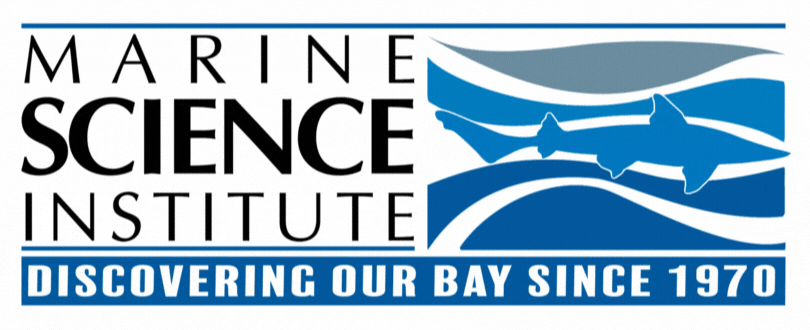Delta Discovery Voyages: A BayLines Original Article
- Denise Mohsenin, Education Partnership Manager
- Mar 1, 2017
- 2 min read
During this year’s rain-laden winter, almost 4,000 Contra Costa County fifth graders braved the cold, rain and wind to learn about their watershed and explore the Sacramento-San Joaquin Delta aboard the Marine Science Institute’s 90-foot research vessel, the Robert G. Brownlee. Since 2003, the Marine Science Institute has been able to provide the Delta Discovery Voyage program to Contra Costa students through the generous support of the following donors: Contra Costa Water District, Delta Diablo, Central Contra Costa Sanitation District, Mt. View Sanitation District, Tesoro, and the Lesher Foundation. In early January, the Brownlee sails from its home port in Redwood City to the Antioch Marina where it remains until the end of February. The Antioch Marina provides a safe berth for the Brownlee and generously provides the slip free of charge. The marina staff is very accommodating and helpful during our stay.
With daily trips—in nearly all weather conditions—the Brownlee is often seen traveling the Delta’s sloughs with the students onboard donned in bright yellow rain jackets. During a Delta Discovery Voyage, students spend three and half hours gathering information and learning about the Delta’s ecosystem and watershed through hands-on activities. The students also learn how their actions impact the ecosystem and water system as they cycle through four learning stations: ichthyology, hydrology, plankton and benthic (bottom of the Delta).
At the ichthyology station, students use a trawl net to catch fish that they then identify. A variety of fish are caught, from striped bass to starry flounders. Students also learn about the presence of mercury in the Delta, and which fish are safe to eat and in what quantities. All fish collected at this station are released back into the Delta.
At the hydrology (water) station, students learn the answers to questions such as “Where does my water come from?”, “What’s a water treatment plant?”, “What does ‘flows to delta’ mean?”, and “Why are there purple pipes?“ (Purple pipes carry water that has been recycled or reclaimed.) The students also learn about the importance of proper disposal of their trash, recyclables and household hazardous waste.
During the plankton station, students learn about the importance of plankton to the ecosystem. They begin by collecting a sample of Delta water in a small vial. Then, with the aid of a microscope (whose image is projected on to a television screen for all the students to see), the students identify the various types of plankton, which can help us understand the current conditions of the Delta.
Finally, at the last station—the benthic station—the students work together to lower and raise a special metal, mud-collecting device called a Peterson mud grab. (The benthic zone is the bottom of a body of water.) The students investigate the qualities and characteristics of the mud, as well as identify any animals, like clams, that may have been collected in the mud grab.
At the close of the program, the student scientists have deepened their knowledge and learned how to be stewards of the Delta ecosystem. These students that participate in the Delta Discovery Voyage are some of the nearly 50,000 students the Marine Science Institute educates yearly.
Photo credits go to Bradley Bennett.







This article beautifully highlights the importance of experiential learning in understanding environmental science. Programs like the Delta Discovery Voyage not only educate students about marine ecosystems but also instill a sense of responsibility towards our environment. For students seeking additional resources and guidance in their educational journey, especially in environmental studies, wgustudentportal.me offers a comprehensive platform to support their learning endeavors.